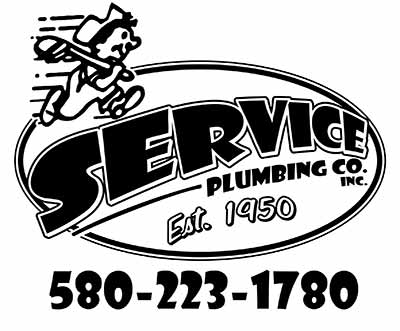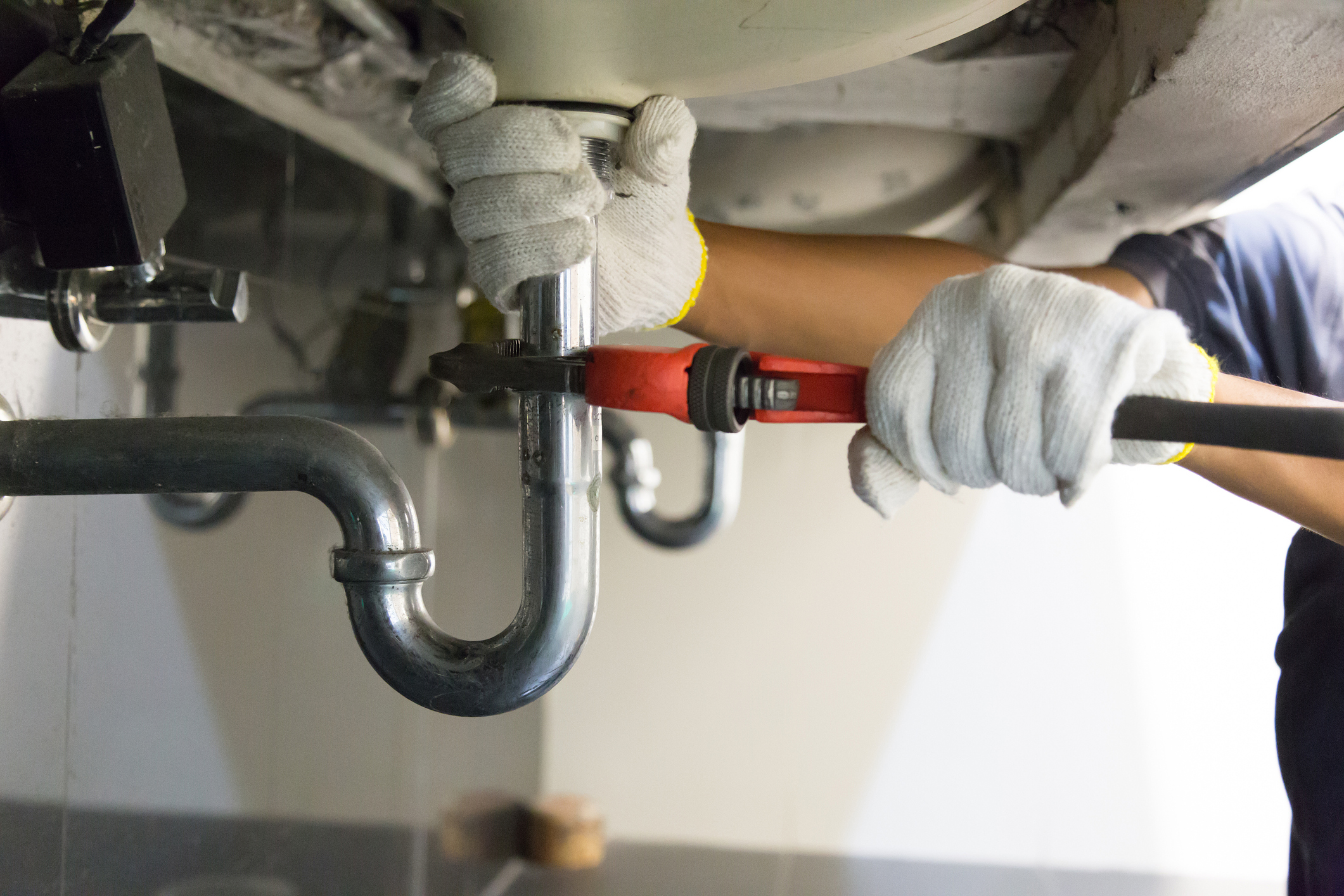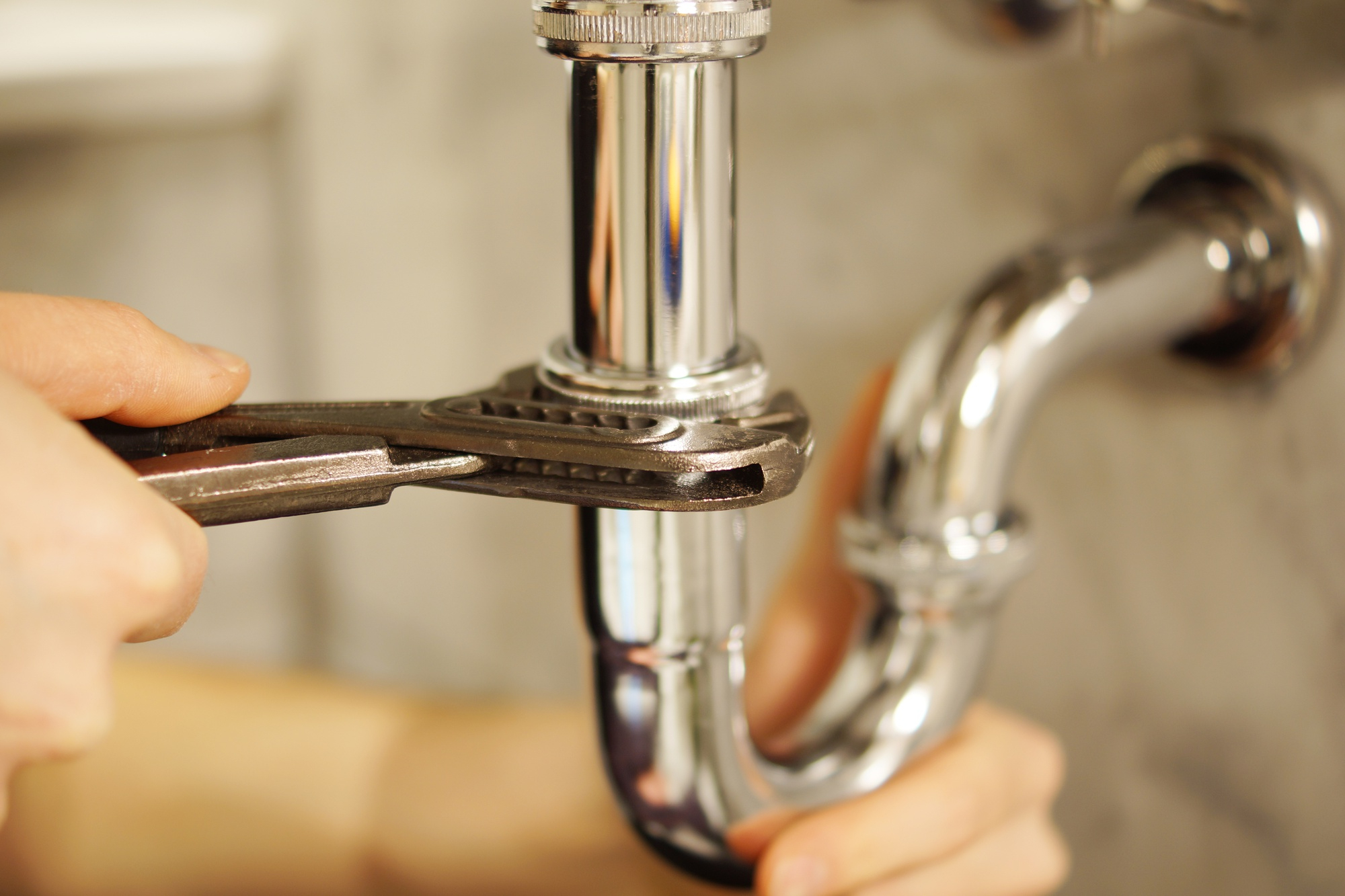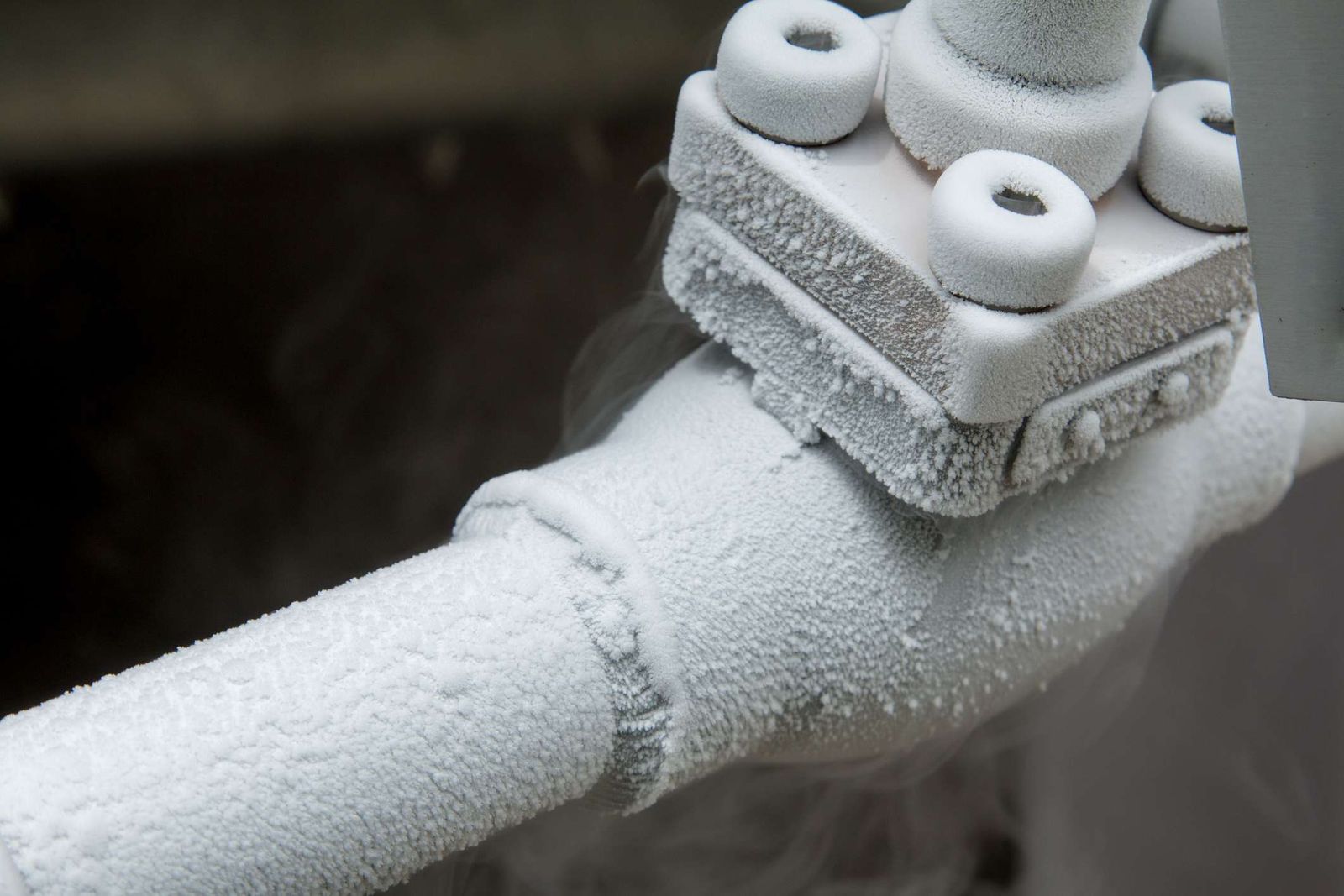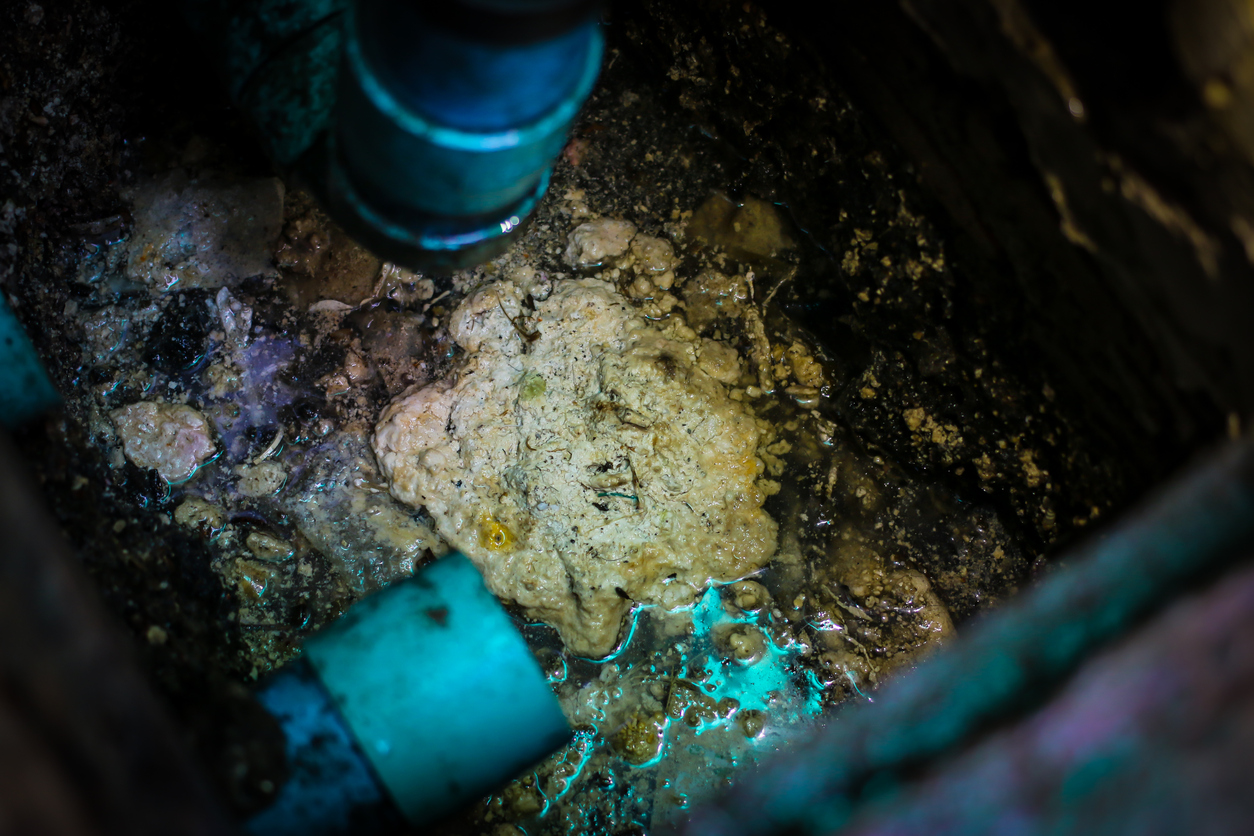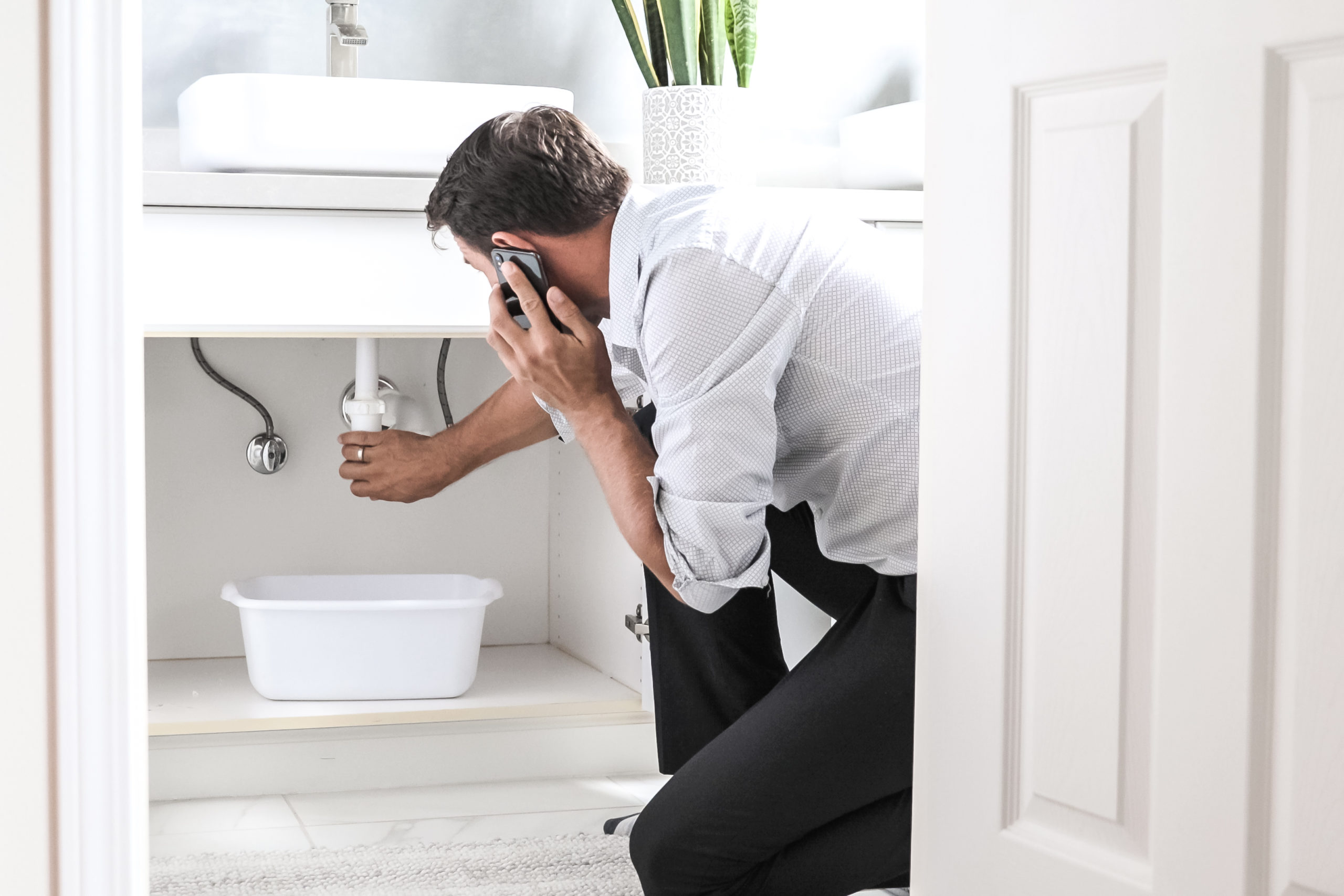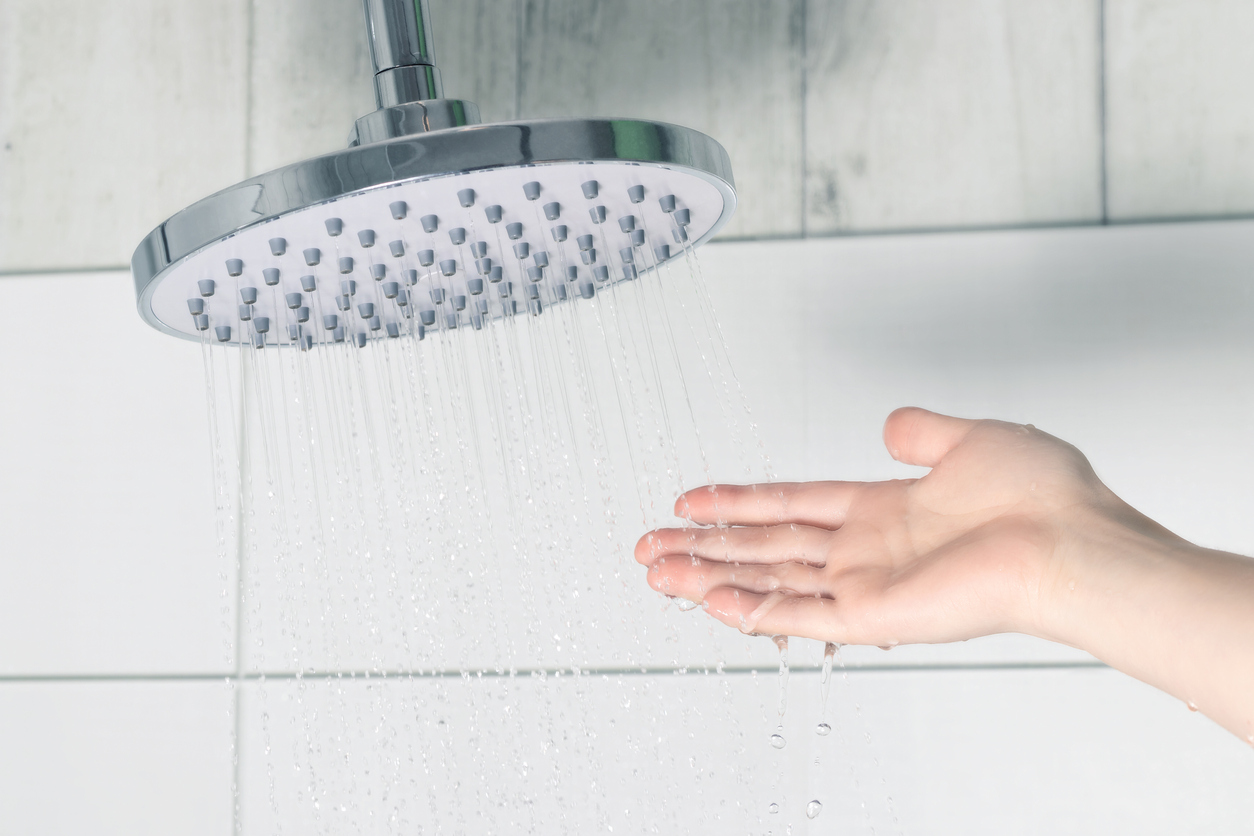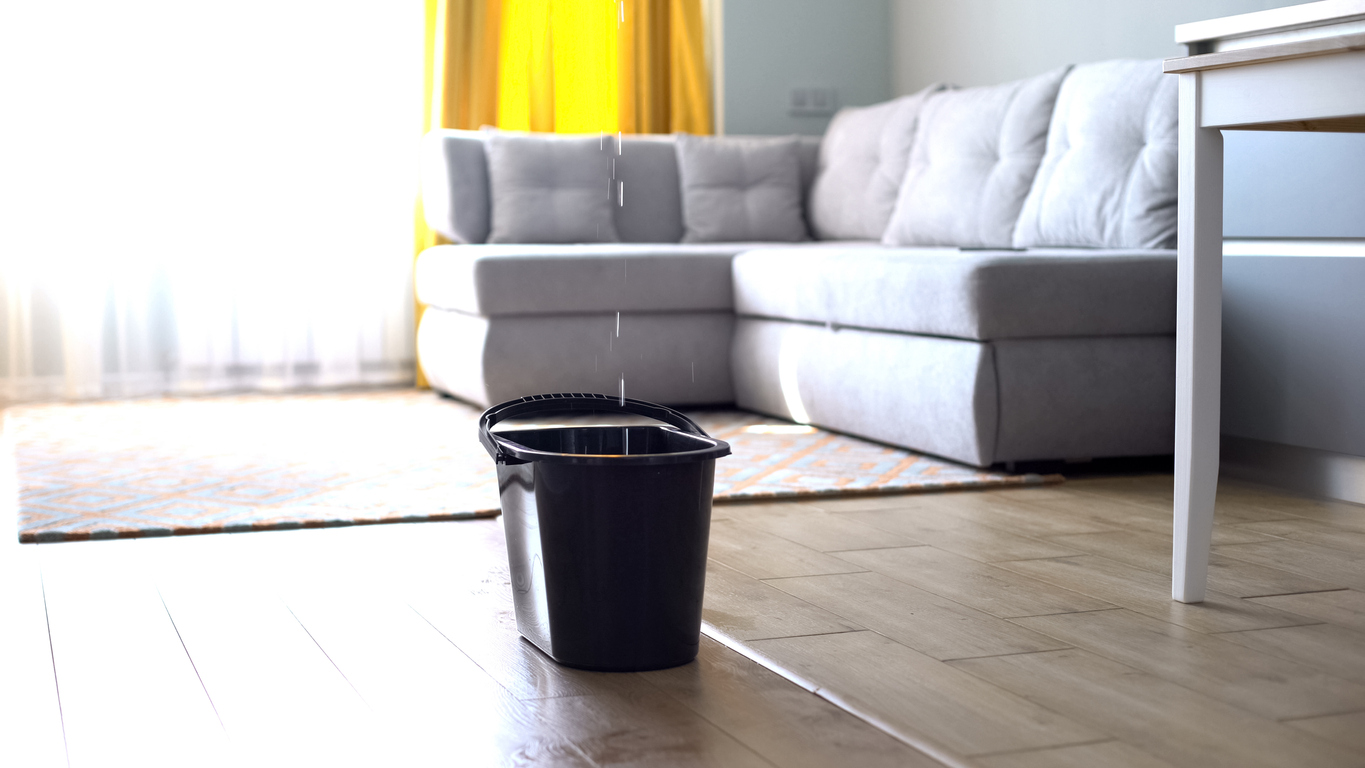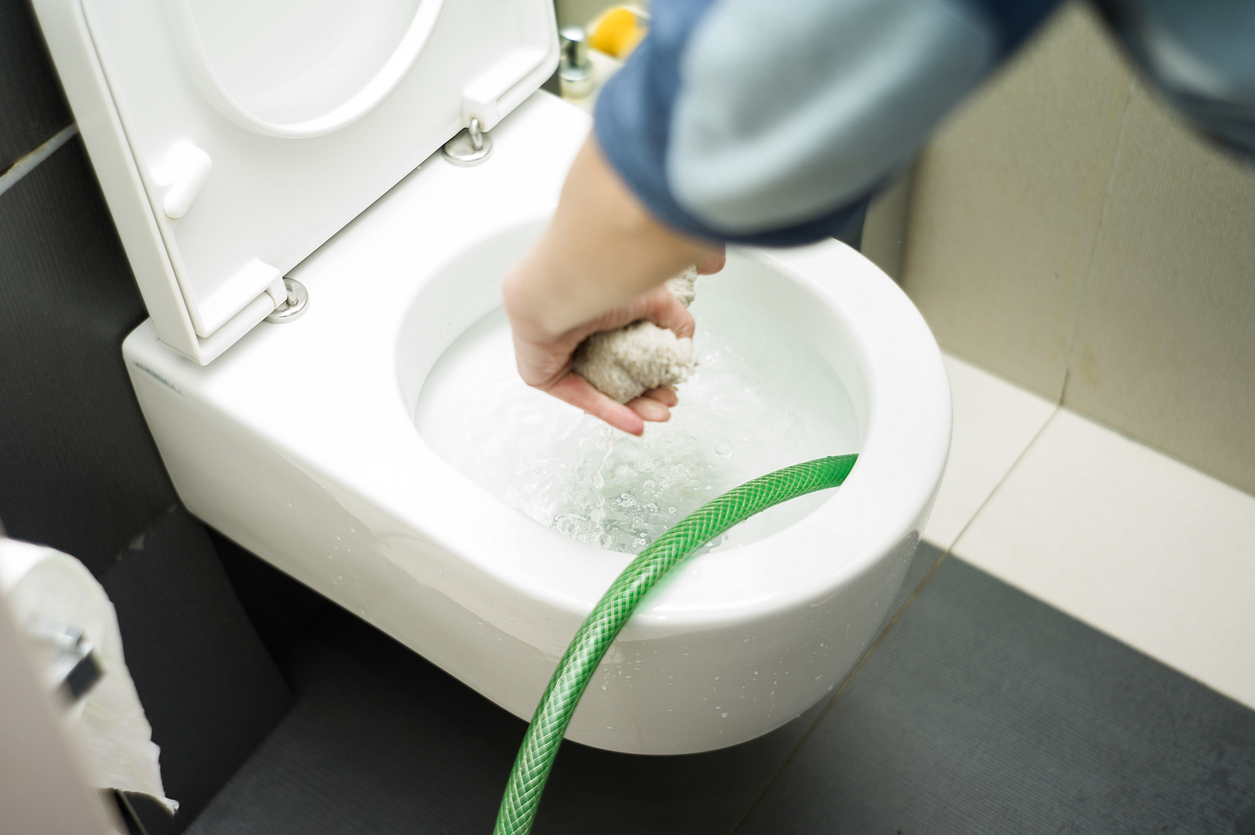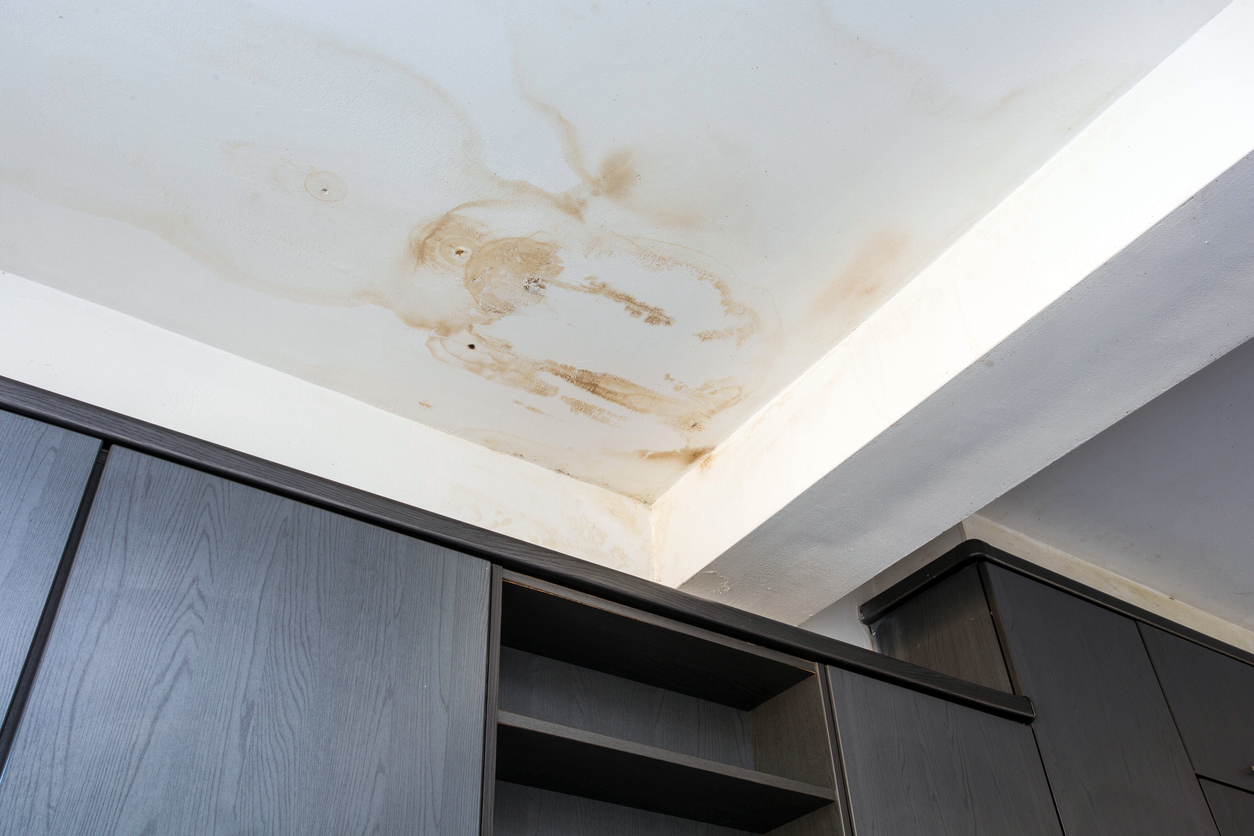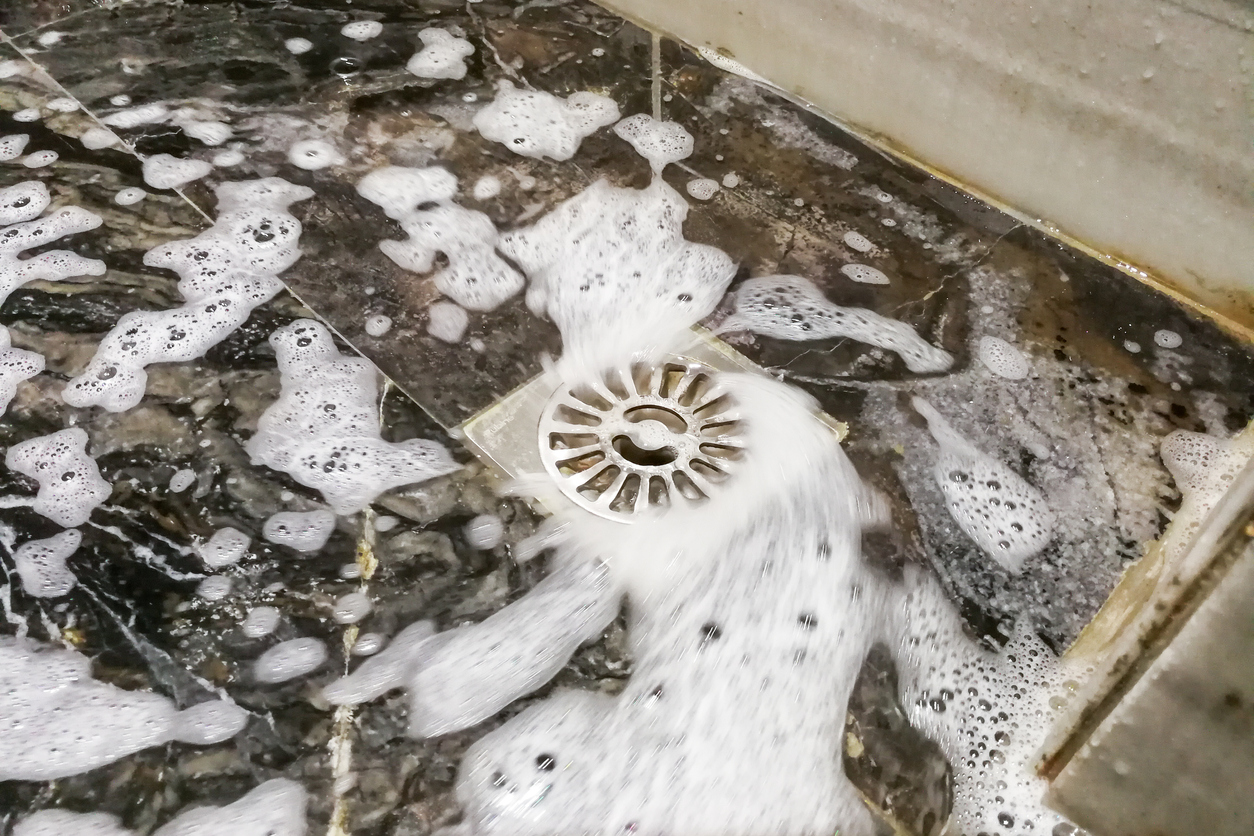Let’s be honest; the last thing you want to deal with is replacing your home’s pipes. Not only is it an incredibly disruptive process, but it can get pricey too. Unfortunately, no pipes last forever. At some point, you’ll need to find the best local plumber you can to come by and replace your old system. But how long will it be before you need to make that call? Read on to learn more about plumbing pipe lifespan and replacement.
Whether you need same day plumbing services or consultation on a full pipe system replacement, Service Plumbing has your back. Our qualified and licensed plumbing team has seen it all and can handle almost any situation. Make sure to reach out at 580-223-1780.
Different Types of Pipes Have Different Lifespans
Pipes aren’t going to need replacing very often. In fact, it’s pretty rare to need to replace your entire piping system. It does happen, and when it does, it’s quite the ordeal. Often, you can look at piping material to get a good gauge of how long your pipes will last.
Of course, talking with your local plumber can probably get you a more accurate estimate. Below you’ll find the most common pipe materials and how long they tend to last:
- Copper — One of the most common materials in buildings, copper pipes can usually stand up to 70 to 80 years of service. If you’ve got a new home with copper pipes, replacing them should be the last thing on your mind.
- Brass — While less common, this alloy of copper and zinc can last upward of 100 years. It’s not as popular as other materials because brass contains trace amounts of lead.
- Galvanized Steel — As far as pipes go, galvanized steel is a so-so choice. While it can last almost as long as brass and copper, rust is an issue even with protective coatings.
- Cast Iron — No, we’re not talking about your favorite skillet. Cast iron pipes are similar to galvanized steel in lifespan and rust risk.
- PVC — The technology behind PVC manufacturing makes this material a go-to choice for many homeowners. While not as durable as metal piping, PVC can still last quite a while — around 70 years or so.
- Polybutylene — Last on our list is polybutylene. This material is the least durable of all the piping choices and can break apart within 15 years.
What About Lead?
Lead pipes were once the go-to choice for piping systems across the world. The durable material has an impressive lifespan and durability but comes with a pretty big downside — lead poisoning. Installation of lead pipes is virtually non-existent these days. But, you can still find lead pipes in older homes, so it’s still an issue you should understand.
Lead is extremely toxic. Lead in your drinking water can cause some quite horrific long-term consequences if left untreated. If you suspect your home may have lead pipes, get a hold of a plumbing professional right away.
Signs That Your Pipes Need Replacing
Alright, so we’ve got the different types of pipe materials under our belt. Understanding how long your pipes should last can be a great starting point. The next thing you need to know is the signs of bad pipes. While you should be aware of some common residential plumbing issues, sometimes, the source of your issues could be your pipes.
Unless you’ve recently bought a new home, or it’s just a few years old, your plumbing might be outdated. Here are some signs that your pipes may be ready for replacement.
Low Water Pressure
Are you struggling to squeeze water out of the tap? Are your showers less of a down-pour and more of a trickle? Well, these could all be signs that your pipes may need replacing. While it could be something as simple as a clog somewhere in the system, it could mean a more serious issue.
If left untreated, small problems could turn into major leaks. Those leaks can slip into the foundation of your home, causing untold water damage, wood rot and mold growth. If you suspect your water pressure issues might have something to do with your pipes, contact your local same day plumbing service right away.
Water Discoloration
In some situations, water discoloration is normal. Unless you live in a rural area, have a well water source or are under a boil order, discolored water is not a good sign. Not only can brown water look nasty, but it can also pose quite a health risk.
If you see water come out of your taps dark in color, it’s a telltale sign you’ve got corrosion in your pipes. It also means that rust is seeping into your drinking water. If left untreated, problems could lead to some devastating consequences, like your pipes bursting. If you’re noticing off-color water, get a hold of a licensed professional.
Frequent Visits from Your Local Plumber
A few visits every now and again certainly isn’t a cause for concern. That’s what plumbers are for, after all. If you’re starting to get a little too familiar with your plumber, it might mean you’ve got a serious issue with your pipes.
If you’re noticing that you’ve got a plumbing service on speed dial, it might be time to take a look at what’s causing all your issues. Funnily enough, you’ll need to call your plumber again and explain the situation. You should trust only their expertise to decide on the health of your pipes.
Looking for A Same Day Plumbing Service in Ardmore, OK?
If you suspect your pipes are a bit over their lifespan or issues keep popping up, it might be time to get a hold of the pros. If you’re looking for the best local plumber in Ardmore, OK, Service Plumbing has the qualified plumbers you need. Whether it’s residential plumbing services or a commercial setting, our team is ready to help. Get in contact to schedule an appointment today.
